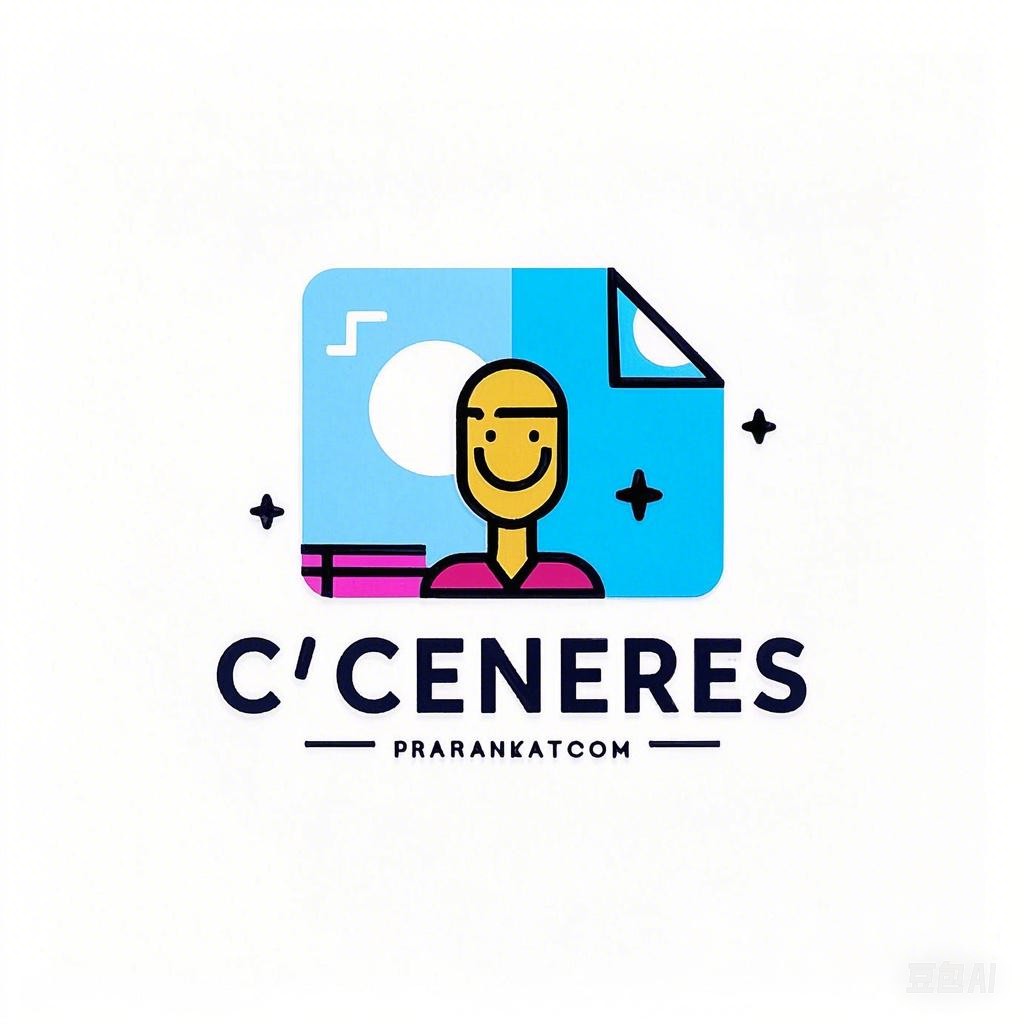Introduction
A well-crafted self-introduction is a vital component of a successful job interview. It’s your opportunity to make a strong first impression and set the tone for the rest of the interview. Whether you’re a native English speaker or learning the language, this guide will help you master the art of the self-introduction, ensuring you stand out from the competition.
Understanding the Purpose of a Self-Introduction
Before diving into the specifics of how to craft your self-introduction, it’s important to understand its purpose. The primary objectives of a self-introduction in an English job interview are:
- Establishing a Connection: Introduce yourself in a way that makes the interviewer feel at ease and establishes a rapport.
- Highlighting Your Qualifications: Clearly articulate your skills, experiences, and achievements that are relevant to the job.
- Demonstrating Communication Skills: Show that you can communicate effectively in English, both in terms of grammar and fluency.
Structure of a Self-Introduction
A typical self-introduction for a job interview follows a structured format:
- Greeting: Start with a polite greeting.
- Name and Background: Introduce yourself by name and briefly mention your background.
- Professional Experience: Highlight your professional experiences that are relevant to the job.
- Education: Mention your educational background, focusing on degrees or courses that are pertinent to the position.
- Skills and Strengths: Discuss your key skills and strengths that make you a suitable candidate.
- Closing: End with a statement that summarizes your interest in the role and the company.
Crafting Your Self-Introduction
1. Greeting
- Example: “Good morning, thank you for having me today.”
2. Name and Background
- Example: “My name is [Your Name], and I am originally from [Your Country]. I have a background in [Your Field or Industry].”
3. Professional Experience
- Example: “I have [Number] years of experience in [Industry or Field], where I have worked on [Specific Projects or Responsibilities].”
4. Education
- Example: “I hold a [Degree] in [Major] from [University Name], where I developed a strong foundation in [Relevant Skills or Knowledge].”
5. Skills and Strengths
- Example: “I am particularly skilled in [Skill 1], [Skill 2], and [Skill 3]. My strengths include [Strength 1], [Strength 2], and [Strength 3], which I believe make me a great fit for this role.”
6. Closing
- Example: “I am very excited about the opportunity to join your team and contribute to [Company Name]. I look forward to discussing how my skills and experiences align with the goals of this position.”
Tips for a Compelling Self-Introduction
- Be Concise: Aim for a self-introduction that is no longer than two minutes.
- Practice: Rehearse your self-introduction multiple times to ensure you are comfortable delivering it.
- Be Authentic: Be yourself and let your personality shine through.
- Use Positive Language: Focus on your achievements and strengths rather than weaknesses.
- Tailor Your Introduction: Customize your self-introduction for each job interview, emphasizing the aspects of your background that are most relevant to the position.
Conclusion
A well-prepared self-introduction can significantly impact the outcome of your job interview. By following the structure and tips outlined in this guide, you’ll be well-equipped to make a strong first impression and present yourself as a confident and capable candidate. Remember, practice makes perfect, so take the time to craft and rehearse your self-introduction before your interview. Good luck!
